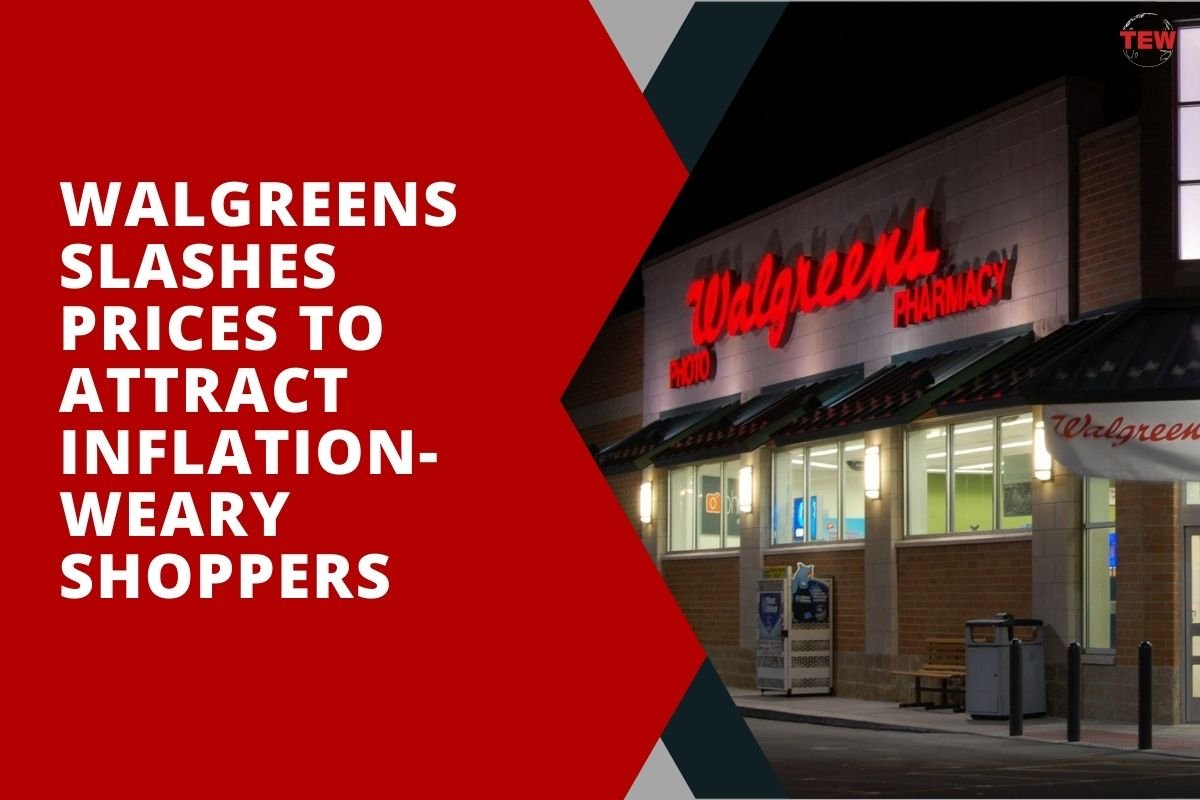(Source – Seeking Alpha)
In response to soaring prices and consumer spending fatigue induced by inflation, Walgreens has joined the ranks of retailers implementing widespread price cuts across various product categories. The move aims to entice customers back into stores and online platforms by offering more affordable options for everyday essentials and discretionary purchases.
Extensive Price Reductions on Everyday Items
Effective immediately, Walgreens has reduced prices on over 1,500 items, encompassing a range of products from snacks to toiletries and popular merchandise like Squishmallows. The price adjustments apply to both name-brand and store-brand items, with discounts available both online and in-store. Competitors such as Target, Walmart, and Amazon have recently initiated similar price-cutting strategies in an effort to stimulate consumer spending.
For instance, the price of an 80-count jar of One A Day gummy vitamins has been reduced to $11.99 from $13.49, while a bag of sour cream and onion potato chips from Walgreens’ Nice! brand now costs $1.99, down from $2.79. Additionally, the price of a 16-inch Squishmallow plush toy has been lowered from $24.99 to $20. Tracey D. Brown, Walgreens’ retail president and chief customer officer, emphasized the retailer’s commitment to alleviating financial strain for its customers, stating, “Walgreens understands our customers are under financial strain and struggle to purchase everyday essentials.”
Retailer’s Response to Economic Challenges
Walgreens’ decision to implement price reductions comes amidst a challenging retail environment in the United States, as indicated by its recent earnings report. While the retailer’s second-quarter sales surpassed expectations, it revised its full-year earnings outlook downward due to the difficult economic landscape. Shares have declined by 40% year-to-date, reflecting the uncertainties faced by the company and the retail sector as a whole.
With other major retailers like Dollar General and Costco also reporting earnings adjustments, the industry-wide focus on lowering prices underscores the urgency to stimulate consumer spending. Retailers recognize the need to attract shoppers back into stores and online platforms to drive sales of essential items as well as discretionary purchases.
The Frugal Mindset of Consumers
Consumers have been exercising caution in their spending habits amid rising costs and stagnant incomes, leading to a decline in overall consumer spending. As prices have surged by 20% to 30% over the past three years while incomes have failed to keep pace, households are increasingly prioritizing budget-conscious shopping and seeking out deals.
Sarah Wyeth, managing director of retail and consumer at S&P Global Ratings, highlights the challenge for retailers to shift consumers away from their frugal mindset. With less disposable income available for spending, retailers face the task of enticing consumers with competitive pricing and compelling value propositions to stimulate demand and drive economic growth.






